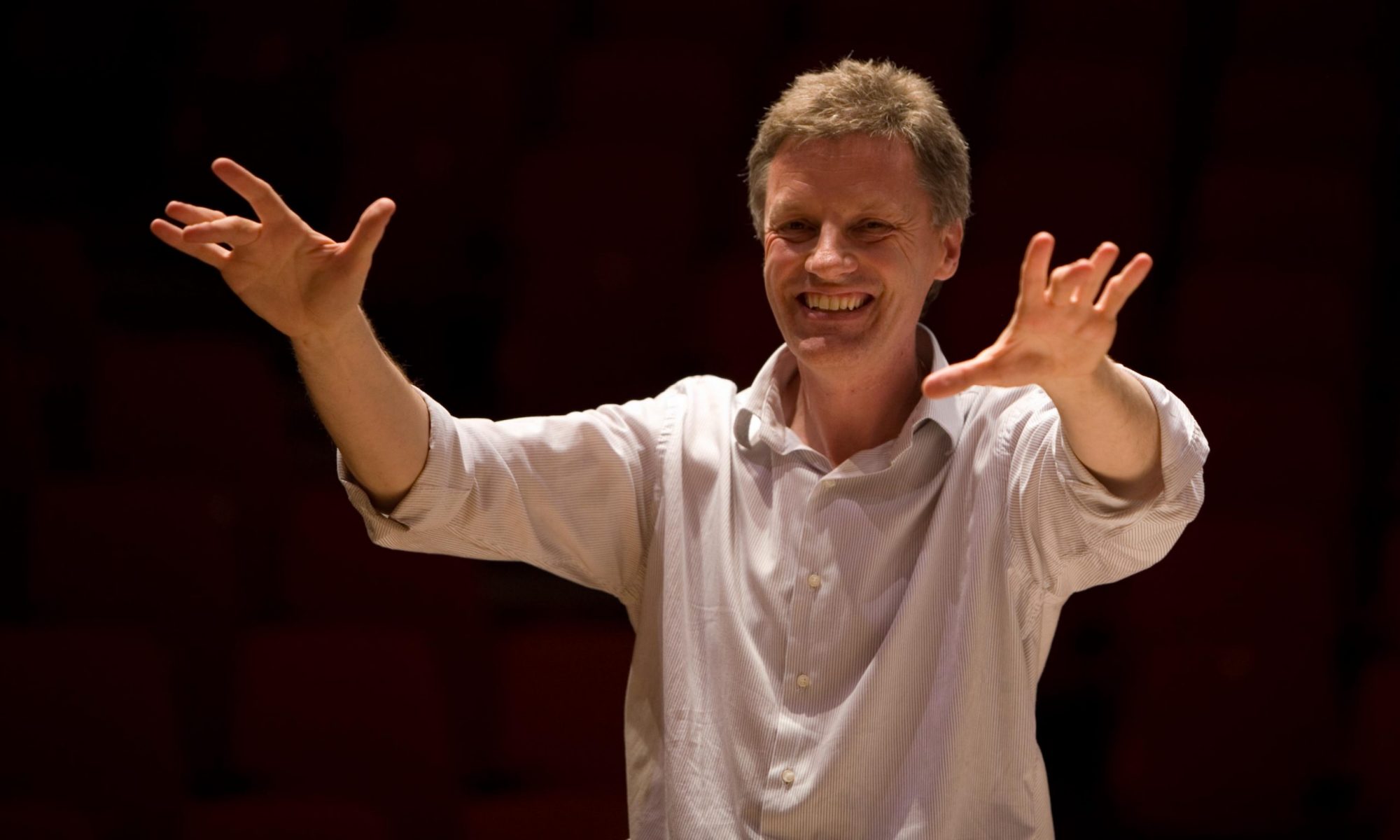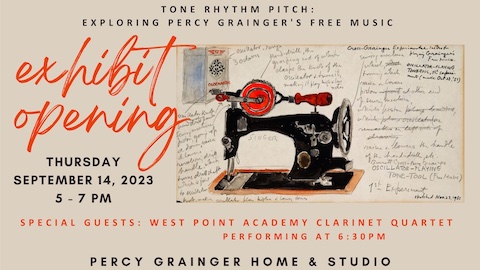
- This event has passed.
Tone Rhythm Pitch: Exploring Percy Grainger’s Free Music
September 14, 2023 @ 5:00 pm – 7:00 pm
Drawing its inspiration from the sounds of nature, and free from the constraints of conventional rhythm and individual pitch, Grainger’s lifetime passion was free music. From an early age, he imagined music that would glide continuously across the pitch spectrum, without the need for metrical rhythms and, ultimately, without the need for a performer; the composers’ ideas would be translated directly into sound.
Elements of Free Music can be found in much of Grainger’s instrumental and vocal compositions, where the use of sliding notes and irregular rhythms often feature. Between 1935 and 1937, Grainger wrote three short pieces – Free Music No. 1, Free Music No. 2 and Beatless Music – which further demonstrated his ideas in practice. Grainger regarded all of his music up to this point as merely a stepping-stone to the full development of Free Music, and he was to increasingly devote his time to this from the late 1940s onwards. Using his White Plains home as a studio, he worked alongside his wife, Ella, and in close collaboration with a young physicist, William Burnett Cross, to design and built machines that were able to produce Free Music without the involvement of a human performer.
Most of the machines, given Graingeresque names such as the Side-Ridge Clothes-Line-&-Scotch-Tape-Tin Oscillator-Player, or the Kangaroo-Pouch Method of Synchronising & Playing 8 Oscillators, were constructed from wood, paper, cardboard, string, and other found objects scavenged from the house, local hardware stores and the immediate locale. The machines were in a constant state of flux and were often dismantled or repurposed as soon as sounds were recorded. The final machine, the Electric Eye, remained unfinished at the time of Grainger’s death, but was the most sophisticated and was able to produce seamless electronic pitch glides. It is this machine that places Grainger’s experiments in electronic music squarely alongside other experimental composers.

